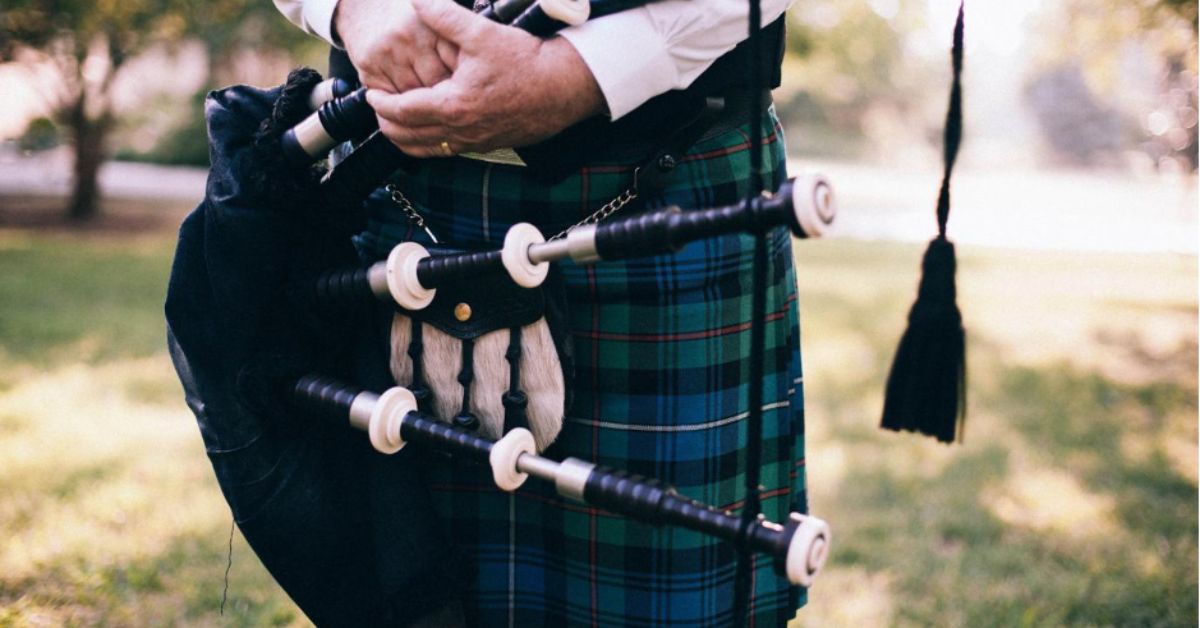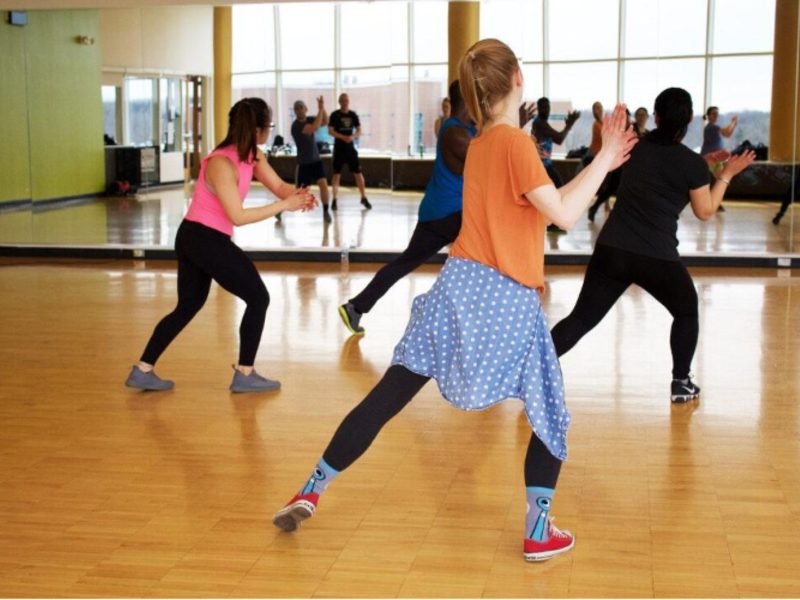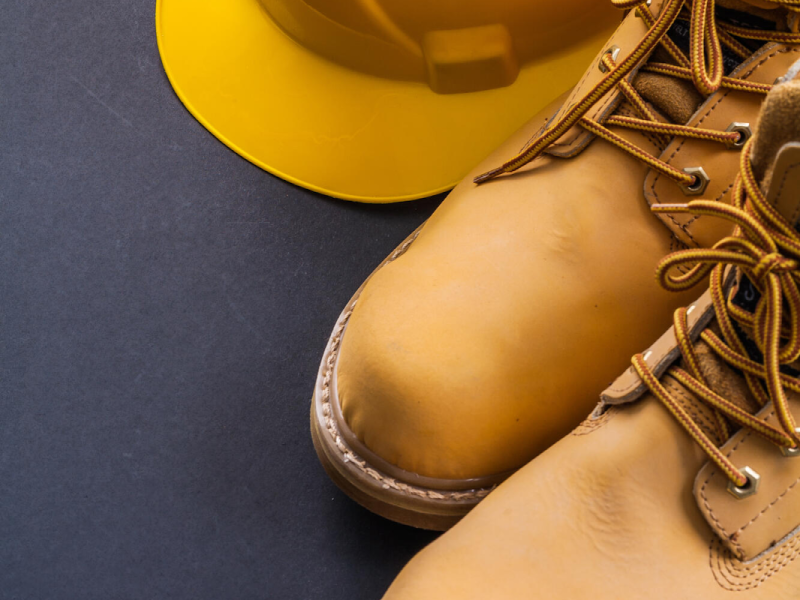When it comes to eclectic designs, the Irish kilt is undeniably a rock star. By taking a very traditional Scottish kilt, complete with a pleated design, and merging it with the Irish style, it is the Ultimate Go-To piece for the well-dressed man.
Yet, despite the unique appeal of the Irish kilt, not everyone knows about it. Many questions arise from those considering it for their bespoke suit.
These questions include, why is it called the Irish kilt and what makes it so different from the Scottish model? So today we are going to dive into the history of the Irish kilt and show you how to complete your ensembles with it, along with the History of Ireland.
Table of Contents
The Early Kilts Originated in the 16th Century
The earliest kilts were easily pleated and made of wool and were louder and more colorful than the kilts that are today. These kilts and their skirts are for men, serving as a form of protection from the cold weather.
The 16th century also saw variations of the traditional tartan kilt become more popular. This style of the kilt was in favor because of its increased versatility for men of all classes, as the versatility allowed a kilt to be easily tailored to fit more occasions. These clothing pieces were traditionally worn for important occasions, and would often represent a clan or family’s unique tartan design.
Irish Kilts Were Banned in the 17th Century
The 17th century in Ireland was a period of great turmoil. It was during this time that the wearing of an Irish kilt was officially banned. During the Plantation of Ulster and the Nine Years’ War, the English sought to suppress Gaelic culture. This included the wearing of this historical clothing.
The ban on the kilt was part of a larger effort to break the power of traditional Irish leaders and their followers. In addition, kilts were considered a symbol of Irish resistance to the English and were therefore to be discouraged. The ban stayed in place until the repeal of the Proclamation of 1625 in 1782, which allowed kilt-wearing to return to popularity.
Scottish Influence on Irish Kilts
The Scottish military, along with their presence in Ireland since the 1600s, has had a major influence on Irish kilts. They brought their traditional kilt with them, which was adopted by the Irish. In the late 1700s, the Scottish encouraged Irish weavers to make tartan in the traditional Scottish style.
By the 1800s, the Irish kilt had evolved with designs that included a distinctive welt of Irish motifs at the end of the kilt. This included trinity knots and shamrocks, with thicker patterns and wider pleats than traditional Scottish kilts.
The Irish maintained the traditional tartan style, with the grace and distinction that has shaped the modern Irish kilt today. Despite the shared traditions, Irish and Scottish kilts still have highly distinct styles. If you want to explore more on a Irish kilt piece, be sure to dig more helpful resources.
Learn the History of Ireland Today
In conclusion, the Irish kilt is a truly iconic garment, steeped in the history of Irelandand its culture. It is the symbol of many, and the perfect piece to bring a little bit of Ireland wherever you go. Be sure to check out the amazing variety of Irish kilts available on the market today, from customizable to authentic and authentic Irish tartans!
If you find this helpful and want to read more great content, check out our latest blog posts now!



